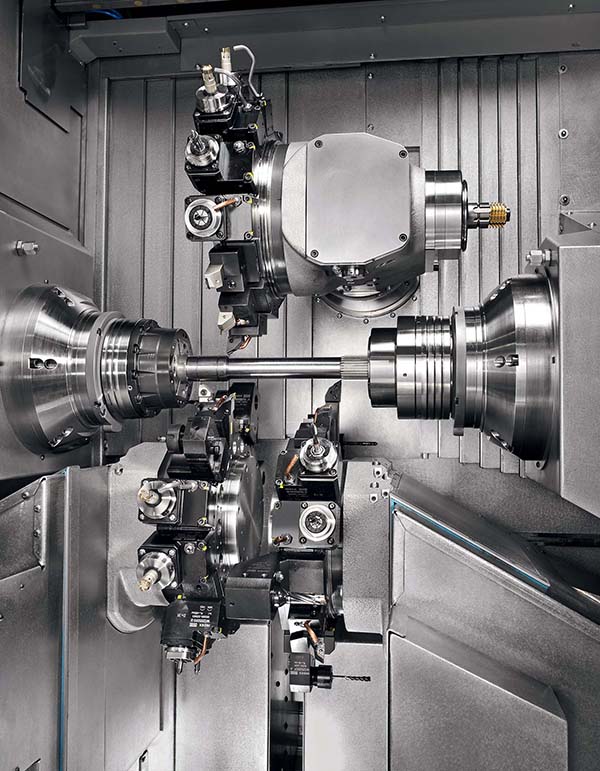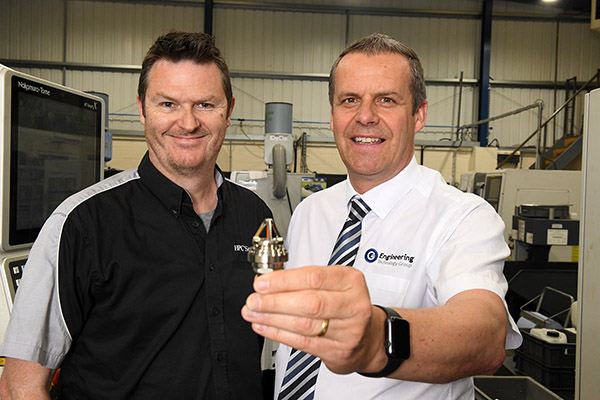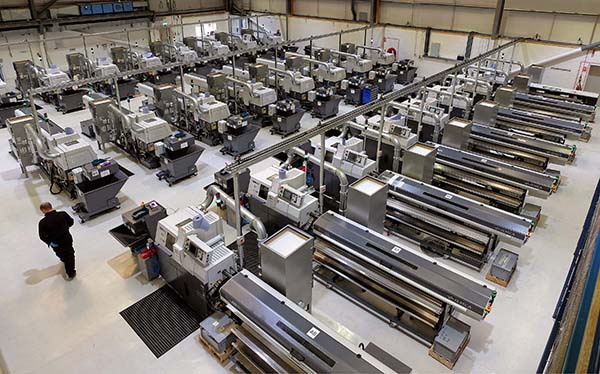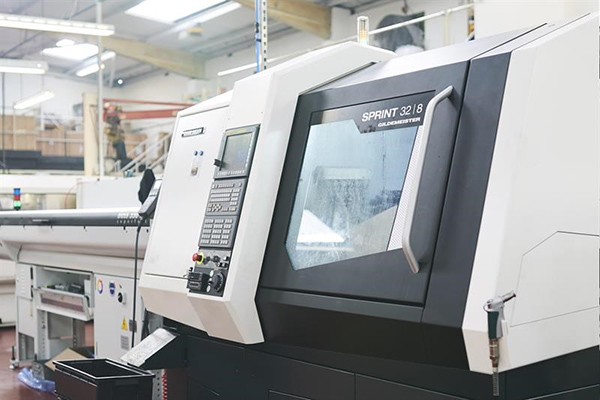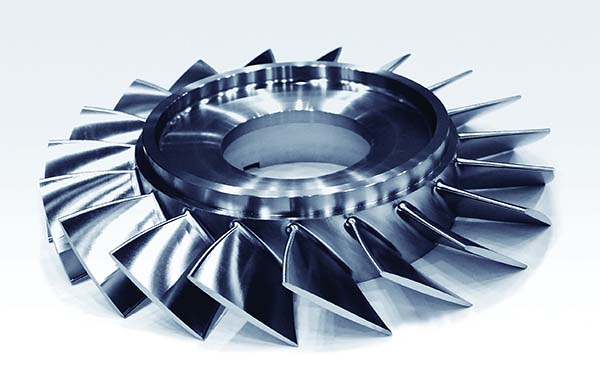German machine-tool manufacturer Index has introduced the second generation of its G200 turn-mill centre for the complete machining of components from bar or billet.

Available in the UK through sole agent Kingsbury, the machine offers extensive improvements, including increased turning length, up from 400 to 660 mm, a second lower tool carrier and a higher power milling spindle.
Providing cycle-time reductions of up to 30%, the compact machine offers significantly improved performance in a footprint virtually the same as that of its predecessor. New also is the vertical orientation of the heavily ribbed, low-vibration cast bed, which optimises chip flow and provides more space in the working area, especially for the lower tool turrets. Arranged in mirror image, each has an independent, ±45 mm Y axis, as well as 14 live tool stations rated at 16 kW/16 Nm and 7200 rpm maximum speed.
The identical main and counter motor spindles are fluid-cooled, have a bar capacity of 65 mm and a chuck diameter of 165 mm. Rated at 31.5/32 kW and 125/170 Nm, they provide rotational speeds of up to 6000 rpm.
A notable feature is the upper tool carrier, which has a ±65 mm Y axis and a 360° B axis. On one side there is a tool turret with another 14 positions, and on the other an HSK-A40 milling spindle. The spindle’s drive comes with a considerable increase in speed. Whereas the previous G200 was limited to 2000 rpm, the latest 22 kW/52 Nm version provides speeds up to 7200 rpm.
For maximum productivity, it is possible to utilise all three turrets simultaneously at either the main spindle or counter spindle, without interference.
For further information www.kingsburyuk.com






